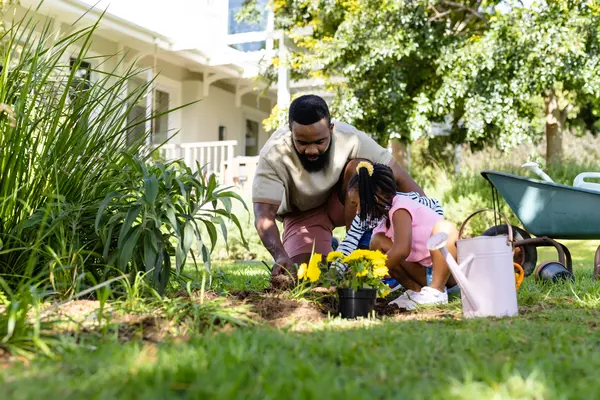Foundation
Foundation Planting: Essential Dos and Don’ts

Are you looking to enhance the curb appeal of your home with foundation planting? Whether you have a newly built house or want to revamp your existing landscaping, the right foundation plants can make a significant difference. By strategically placing trees, shrubs, and perennials around your home’s foundation, you create a seamless transition between the structure and the natural surroundings. Follow these essential dos and don’ts to achieve a well-balanced and visually appealing foundation planting design. So check this Foundation Planting: Essential Dos and Don’ts
DON’T Plant Near Utility Lines or AC Units
Before you start planting, call 811 to locate underground utility lines and avoid areas where trees or shrubs might interfere with power lines. When positioning trees near power lines, choose species that don’t exceed 25 feet at maturity. Additionally, while it’s common to hide unsightly air-conditioning units with shrubs, maintain a minimum clearance of 2 feet on all sides and 5 feet above to ensure proper airflow.
DO Provide Adequate Space for Growth
Planting too close to the house can lead to root damage to the foundation, blocked airflow, and potential mold growth. Large trees should be placed far enough away to ensure their mature canopy remains at least 5 feet from the house, while smaller shrubs should maintain a 3-foot distance. Use crushed gravel instead of wood mulch near the foundation to prevent termite infestations. Ensure proper grading by sloping the ground 6 inches downward for every 10 feet away from the house to direct rainwater away from the foundation.
DO Choose Plants Proportional to Your Home
Select trees that complement the height of your home, ensuring they don’t overshadow the structure or appear too small. Taller trees should be positioned at the corners of the house to soften architectural lines. Shrubs should be chosen based on window heights, ensuring they don’t obstruct views or interfere with gutters as they grow.
DO Follow Landscape Design Principles
A well-balanced foundation planting bed should be 6 to 8 feet deep and extend beyond the length of the house. Instead of rigid straight lines, arrange plants in natural-looking clusters of odd numbers to create a dynamic appearance. Paths leading to the home should be at least 4.5 feet wide for comfortable movement. Avoid isolated island beds, as they can make the landscape appear disconnected.
DON’T Ignore Sunlight and Shade Requirements
Before selecting plants, assess how much sunlight your foundation area receives daily. Sun-loving plants, such as roses, need at least six hours of direct sunlight, while hydrangeas and camellias thrive in partial or full shade. Ensure that closely planted trees and shrubs won’t block sunlight from each other as they grow.
DO Maintain Visual Balance Around Entryways
Foundation planting should highlight the home’s entrance. Many homeowners choose an ornamental tree like dogwood or crabapple to frame the front door. For a formal look, maintain symmetry with matching plants on either side of the entrance. For a more natural feel, balance the visual weight by using a mix of shrubs and trees of different heights and colors.
DO Use Repetition Effectively
Repetition in landscaping can be visually appealing when done correctly. Avoid monotonous rows of identical shrubs; instead, repeat shapes or colors for cohesion. For example, a red-flowering bush on one side of the entryway can complement a Japanese maple on the other side. Using a consistent ground cover can also unify the overall design.
DON’T Forget About Seasonal Interest
To keep your foundation planting attractive year-round, incorporate a mix of evergreens, flowering shrubs, and perennials. A balanced ratio could include 50% evergreens for year-round structure, 25% flowering shrubs for seasonal color, and 25% perennials for variety. Evergreens provide a rich backdrop that enhances seasonal blooms, while deciduous plants add visual interest through changing foliage and flowers.
By following these foundation planting dos and don’ts, you can create a landscape that enhances your home’s beauty, increases property value, and provides lasting curb appeal throughout the year. Thoughtful planning ensures that your plant choices complement your house, remain manageable over time, and contribute to a harmonious outdoor environment.
